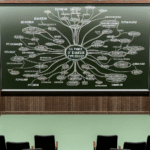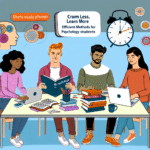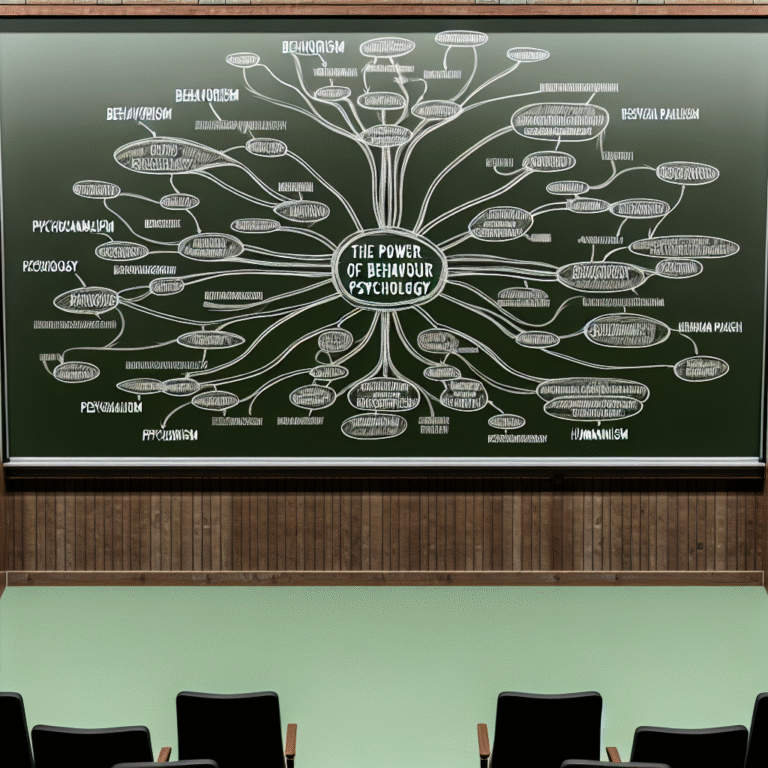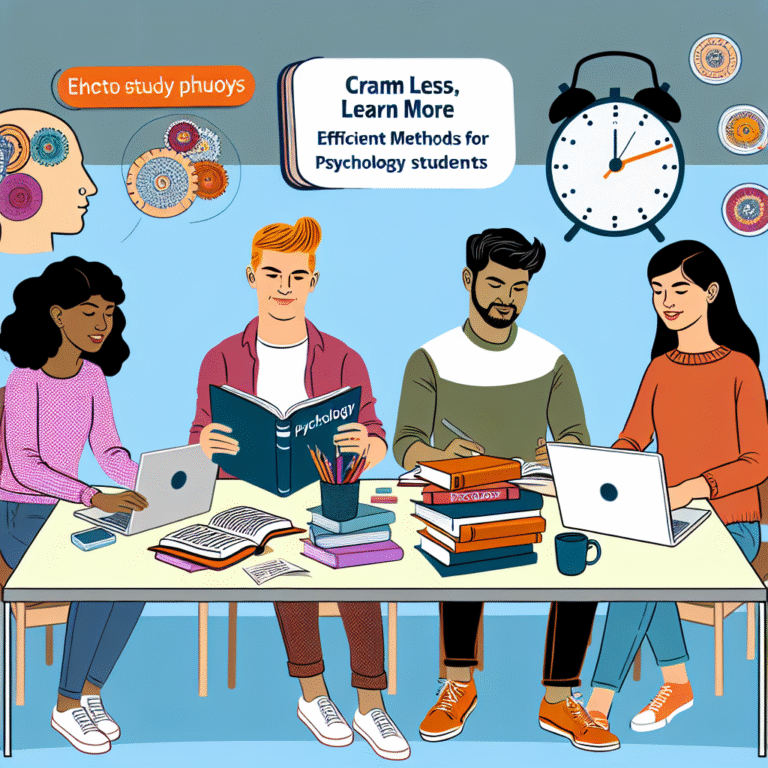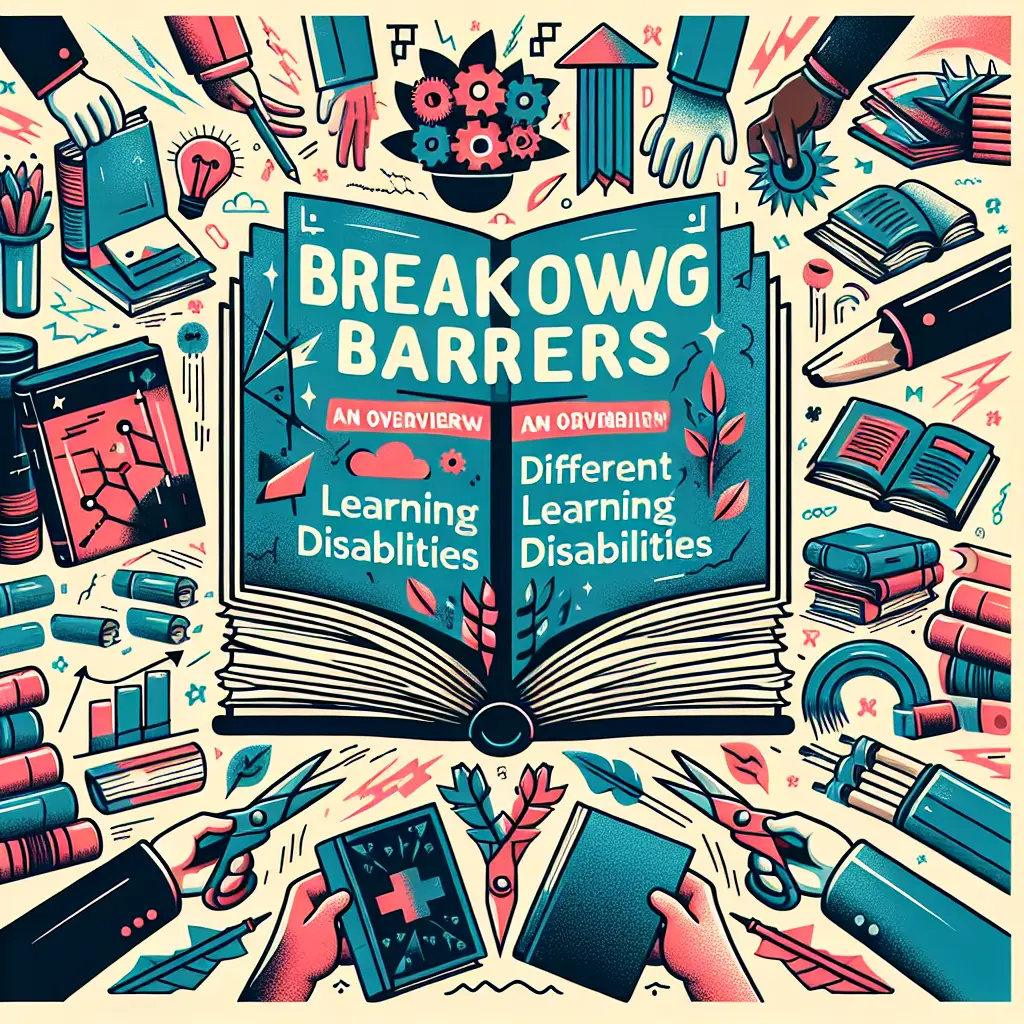
Breaking Down Barriers: An Overview of Different Learning Disabilities
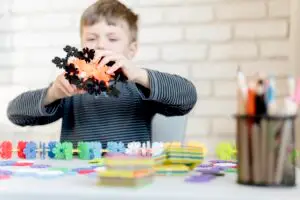
Introduction
In the pursuit of education, every student dreams of success and the opportunities that come with it. Yet, for millions of children and adults, navigating the learning landscape can feel like scaling an insurmountable wall. Learning disabilities, a broad category that includes dyslexia, ADHD, and more, create unique challenges that can hinder academic performance and personal growth. Breaking Down Barriers: An Overview of Different Learning Disabilities is not just about identifying these obstacles; it’s about understanding them, embracing the inherent strengths of individuals with these disabilities, and ultimately transforming the educational experience into an inclusive and empowering journey.
As we delve deep into this comprehensive guide, we’ll explore the nature of different learning disabilities, examine the challenges faced by affected individuals, highlight effective strategies for overcoming obstacles, and celebrate stories of resilience. This journey aims to not only inform but also inspire—because understanding these disabilities is the first step in breaking down barriers and fostering a more inclusive world.
Understanding Learning Disabilities: What You Need to Know
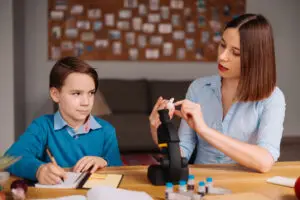
Defining Learning Disabilities
Learning disabilities are neurological disorders that affect the brain’s ability to receive, process, store, or respond to information. In essence, they disrupt the typical learning processes, making it difficult for individuals to acquire knowledge and skills in the same way as their peers. It’s crucial to note that these disabilities are not indicative of intelligence; people with learning disabilities can be exceptionally bright and capable, yet face unique challenges.
The Prevalence of Learning Disabilities
According to the National Center for Learning Disabilities, one in five children in the United States has a learning disability. This staggering statistic highlights the urgency of addressing the needs of these individuals and fostering a deeper understanding in educational settings.
| Learning Disability | Prevalence Rate (%) |
|---|---|
| Dyslexia | 5-10% |
| ADHD | 5-7% |
| Dyscalculia | 3-6% |
| Dysgraphia | 5-10% |
Types of Learning Disabilities
- Dyslexia: Often referred to as reading disability, dyslexia manifests as trouble with reading, spelling, and writing. Individuals may struggle to decode words, making comprehension a challenge.Case Study: James, a third grader diagnosed with dyslexia, experienced significant frustration with reading assignments. After personalized interventions, he learned to utilize audiobooks and assistive technologies, which countered his difficulties and allowed him to engage with texts effectively.
- Attention Deficit Hyperactivity Disorder (ADHD): This includes difficulties with attention regulation, impulse control, and hyperactivity. ADHD can significantly impact learning by hindering focus and organizational skills.Analysis: In a classroom setting, students with ADHD may excel when given clear, structured tasks. With the right framework, such as chunking assignments into manageable parts, these students can thrive academically.
- Dyscalculia: Often termed as math disability, individuals with dyscalculia struggle with number sense, memorizing math facts, and performing calculations.Case Study: Mia, a high school student, faced challenges in mathematics despite being an outstanding student in other subjects. Through the use of visual aids and interactive math games, she was able to enhance her understanding of mathematical concepts.
- Dysgraphia: This learning disability affects writing abilities, making it difficult for individuals to form letters, spell, and express their thoughts in writing.Analysis: Implementing typing programs and allowing students to use tablets for written assignments can help lessen the impact of dysgraphia on academic outputs.
Breaking Down Barriers: Strategies for Support and Inclusion
Creating an Inclusive Learning Environment
An inclusive classroom is instrumental in supporting students with learning disabilities. This inclusive approach should prioritize individualized instruction, flexible teaching methods, and a supportive community:
- Personalized Learning Plans: Tailored plans that address the specific needs of students can enhance their learning experiences dramatically. This could include specialized tutoring or accommodations such as extended time on tests.
- Multisensory Learning: Employing a variety of instructional methods—visual, auditory, and kinesthetic—can help in reaching students with diverse learning styles.
- Collaborative Learning: Group activities can enable students to learn from one another and develop social skills in the process. Collaboration often fosters a sense of community, which can be incredibly reassuring for those with learning disabilities.
Parental and Educator Collaboration
Parents and educators must work collaboratively to ensure the best outcomes for students with learning disabilities:
| Collaboration Strategies | Benefits |
|---|---|
| Regular Communication | Keeps everyone informed about progress and challenges. |
| Joint Training Sessions | Helps educators understand the specific needs of students. |
| Consistent Strategies | Reinforces learning both at home and at school. |
Utilizing Technology as a Resource
In today’s digital age, technology serves as a powerful ally in breaking down barriers for those with learning disabilities. Assistive technologies like speech-to-text software, apps for time management, and educational games can greatly enhance learning experiences.
Case Study: Max, a college freshman with dysgraphia, leveraged speech-to-text software to articulate his ideas freely, translating thoughts into written form without the barriers that traditional writing imposed.
Inspirational Stories: Overcoming Challenges
- Malala Yousafzai: Known worldwide for her activism, Malala has also battled dyslexia, showcasing how perseverance and advocacy can combine to break barriers. By using her platform to highlight educational inequality, she inspires countless individuals to pursue their dreams despite their challenges.
- Richard Branson: The founder of the Virgin Group, Branson has dyslexia. His story is a powerful testament to how individuals can defy expectations and succeed in their endeavors despite facing obstacles.
Analysis: The journeys of these individuals reflect resilience and empowerment. Their stories remind us that learning disabilities do not define one’s potential; rather, they can shape unique contributions to the world.
Conclusion: Embracing Strengths and Breaking Down Barriers
Breaking Down Barriers: An Overview of Different Learning Disabilities illuminates the intricate landscape of learning disabilities and the vital importance of understanding and accommodating diverse learning needs. While the challenges are significant, equipped with knowledge, support, and the right strategies, individuals with learning disabilities can thrive in educational settings and beyond. By creating inclusive classrooms, fostering collaboration, and embracing technology, we can pivot from a focus on dysfunction to one that celebrates strength and potential.
As we move forward, let’s inspire our communities to recognize the unique contributions of every individual. Together, we can dismantle the barriers that hinder success and foster a more inclusive society for all.
FAQs Section
By exploring these questions and embracing a mindset of understanding and support, we can take meaningful steps toward breaking down barriers and fostering growth for everyone. Together, we can build a brighter, more inclusive future.










